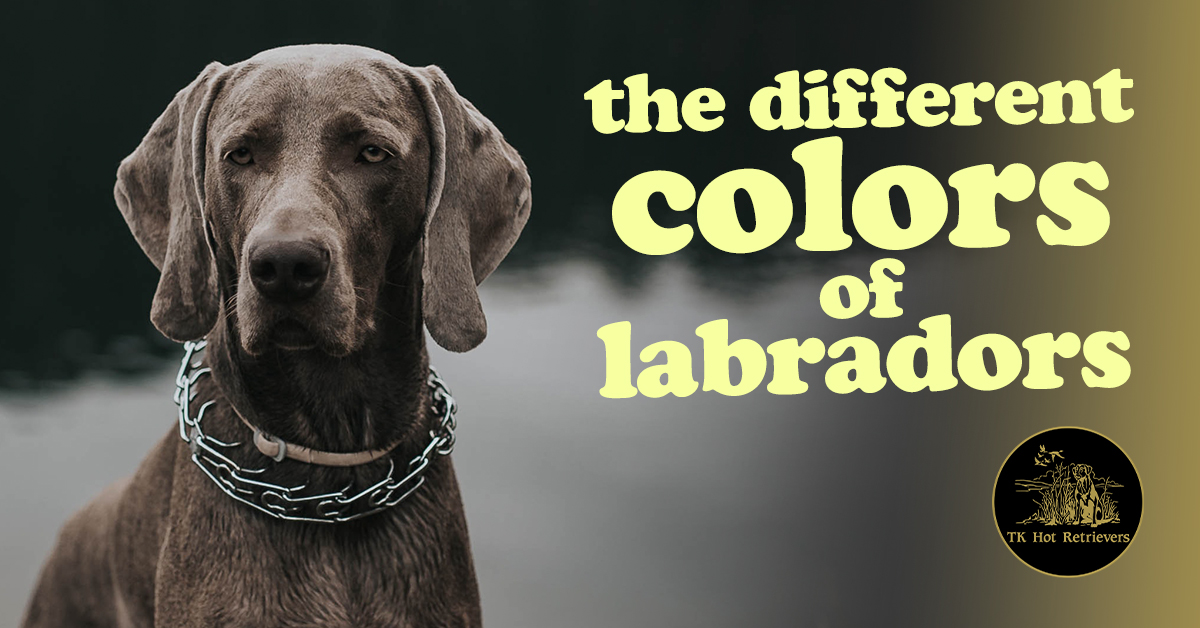The Different Colors of Labradors

Have you ever thought about your Labrador’s coat? Probably not too much, right? Well, you might be interested to know that the color of your Labrador’s coat might be more significant than you previously suspected. Let’s dive into what that means exactly.
How Many Different Labrador Colors are There?
Technically there are only three different types of Labrador coats: black, brown (or chocolate), and yellow. These are the only colors that are recognized and accepted by the AKC in the United States and the Kennel Club in the United Kingdom. There are a wide variety of different shades of yellow Labs that range from pale creams to rich reds – but they’re all still technically yellow.
The Original Labrador Color
Black is the original and genetically dominant Labrador coat color. From the early 19th century all the way to the turn of the 20th century, it was actually the only accepted color as well. Sadly, back then, chocolate and yellow puppies were euthanized at birth.
How Black and Chocolate Labs Get Their Color
Both black and chocolate Labs get their color from a pigment called eumelanin. Labs that have a generous amount of eumelanin pigment in their coat will be black, while those with slightly less will instead come out brown.
Understanding Labrador Colors
Labrador coat coloring is all about genes. The B locus holds the genetic instruction for a Lab being black or brown in a dog’s DNA. Locus is a term that describes the specific location in an animal’s genetic code. The B locus contains a pair of genes called B genes. There are two types of B gene that your Lab an get in their pair:
- Big B – (the dominant gene) containing an instruction to make a lot of eumelanin, creating a black Lab coat.
- Little b – containing less eumelanin, creating a more chocolate-colored coat.
The genetic information that creates a yellow coat comes from another pair of genes. These genes are located at the E locus, and we call them E genes, which also come in a pair:
- Big E – (the dominant gene) does not interfere with the B genes.
- Little e – has the potential to mask the B gene that would typically provide a black or brown coat. Therefore, it results in a yellow coat.
What About Silver Labradors?
Silver is technically not among the traditionally recognized Labrador colors, and some skeptics even theorize that a silver Labrador is only possible if they’re not a perfect purebred. However, most pet parents don’t seem to mind if their pup’s great, great, great grandparent was of a different breed. In fact, many owners actually find the color to be unique and special.
The color of our dog’s coats might be more complex than we suspected. And while the color of a Lab’s coat is interesting to learn about, it doesn’t say anything about the intelligence of affection of the pooch.